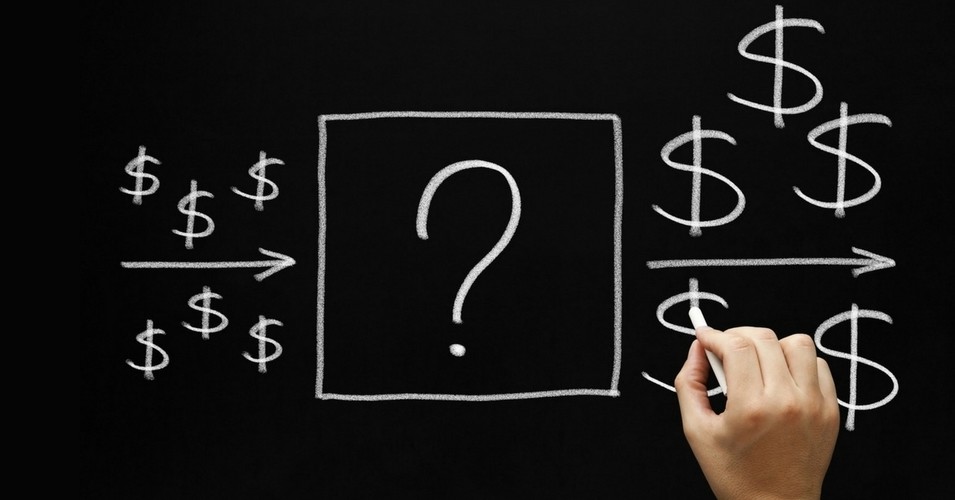
If the round is oversubscribed, the company will prioritize Substack writers who have turned on paid subscriptions and paying subscribers. Substack says if the round if oversubscribed, it may not be able to accept all investments and may reduce individual investments, in which case users will be refunded the difference. The company’s Wefunder page indicates that unaccredited investors can legally invest a maximum of $2,200. The company says potential investors should be aware that there is no guarantee that you will make your money back, noting that you shouldn’t invest any funds in the community round unless you can afford to lose the entire investment. Substack notes that just because you’re able to invest in the company, doesn’t mean that you should. And we’re doing it because it not only provides something good for our company but also presents an opportunity for the people who use Substack to participate in the benefits that come from building this network-including the financial upside.” “We’re doing this because the dynamics of a platform like Substack change if the people who are building their businesses on it are owners of it too. “We are serious about building Substack with writers, and this community round is one way to concretize that ideal,” the company wrote in a blog post. Substack says opening a community round is now more viable, especially due to crowdfunding platforms like Wefunder.

#BEST INVESTING SUBSTACKS SERIES#
The company explained in a blog post that after closing its $65 million Series B funding round in 2021, it explored ways to make it possible for writers to invest alongside traditional investors, but found that it was too complex, especially when trying to include people who weren’t already accredited investors. Substack believes that subscription networks represent a step forward from social networks, and that while social networks are associated with advertising and attention, subscription networks are about direct payments and trust.

We’d love to have you by our side as we build this new economic engine for culture together.” This work will be ambitious and exciting, and it will be meaningful. “We are at the dawn of the era of the subscription network. “As Substack grows to accommodate more writers, podcasters, videomakers, musicians, scientists-and culture-makers of all kinds-we see a path to hundreds of millions of subscriptions and a significant cultural impact, which will in turn provide ample financial opportunity,” the company wrote. Substack also revealed that more than 17,000 writers are earning money on Substack, with the top 10 publishers on Substack collectively making more than $25 million annually. The company revealed that readers have paid writers more than $300 million through Substack, and that the platform now has more than 35 million active subscriptions, including two million paid subscriptions. Substack is focused on building a subscription network founded on creator ownership. The company says it’s on a mission to build a new “economic engine” for culture, and that to do this, it needs to build a kind of network that is based on principles that give control to writers and readers. As of Thursday morning, Substack has $6,686,954 in pledges. The company’s pre-money valuation is $585 million. According to the page, Substack’s funding goal is $2 million.

The company announced on Tuesday that writers can make an investment, of at least $100, starting today via Substack’s Wefunder page. Substack is opening up a community fundraising round, letting writers invest in and own a piece of the company.


 0 kommentar(er)
0 kommentar(er)
